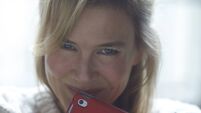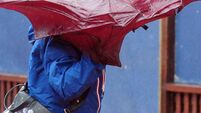Amateur twitching ticks all the boxes
In the measure of our knowledge of natural history, we have a great deal to thank these hard-working, tick-gathering obsessives for. The ticks I refer to are, of course, ticks on the list of birds they’ve sighted, not the ticks they gather when they lie in meadows watching cuckoos and meadow pipits, although they may gather these too.
Given this dedication and the contribution it makes to our store of knowledge, it would be schadenfreude to titter at British twitchers’ embarrassment when, late last year, they discovered that an American kestrel spotted in Suffolk — the last was seen 30 years ago — was not an extremely rare vagrant but, rather, an escapee from a local aviary.













